Sykopetra
The "Nafsikopetra" and the princess...
Sykopetra is a village in the Limassol province built at an altitude of 800 meters, on the eastern outskirts of Pitsilia.
It borders on the south with Arakapas, on the west with Agios Konstantinos, on the north with Palaichori, on the northwest with Kambi and on the east with Melini and Odou.
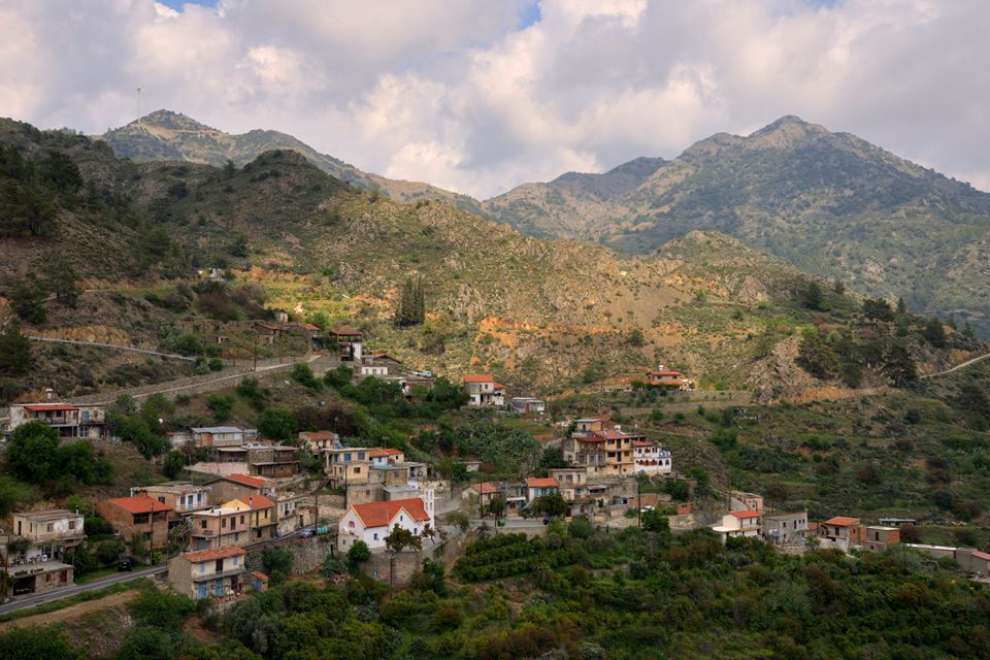 Photo: Costas Mageiroudes
Photo: Costas Mageiroudes
Historical Data:
As the archaeological findings of the area testify, the settlement of Sykopetra existed from the time of the Cypriot kingdoms. More specifically from 1050 BC. by 725 BC. It is worth noting that in the older years copper was extracted in the area.
The village of Sykopetra existed from the Byzantine period up to the Ottoman domination of the island, as witnessed by the various toponyms of the area. At the time of the Frankish occupation the village was assigned to the Order of the Knights, while in the 14th century it was transferred to the Order of the Knights of the Ioannina.
It should be noted that the community of Sykopetra consists, besides the village of Sykopetra, the settlement of Prophet Elias which is more modern and according to historical sources in the past was called Lampiris. It was renamed by the first resident who built the Church of the Prophet Elias after finding a picture of the Prophet on a nearby river.
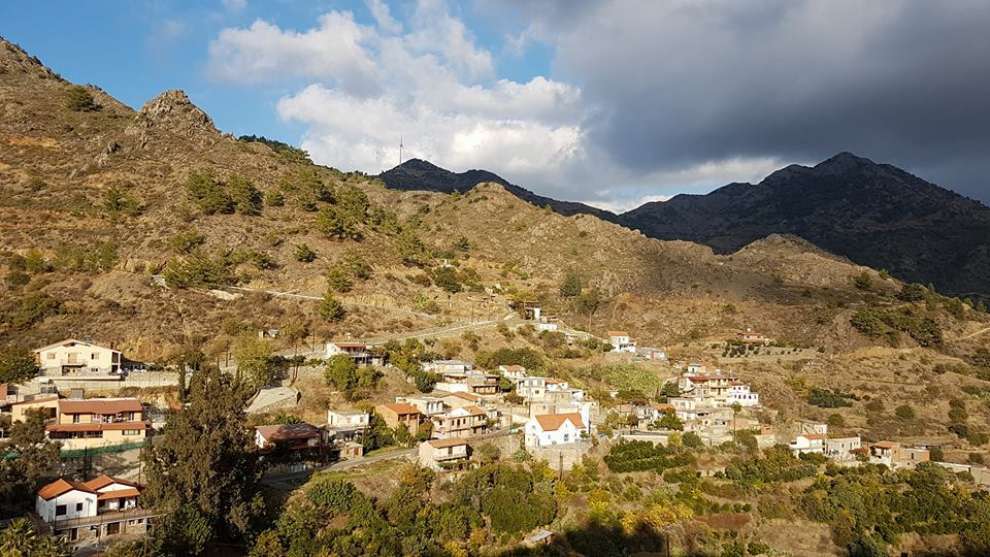 Photo: Eleni Charalambous
Photo: Eleni Charalambous
The name of Sykopetra Village:
The village was named after a legend in the area, according to which the beautiful princess Nafsika travelled on her horse to the palace of Tamasu. Her horse, however, crashed into a large rock (petra) above the village, killing her. The village was named "Nafsikopetra" in memory of the princess and over time it was renamed Sykopetra for ease of pronunciation.
A second version states that the queen, falling from the horse, lost her ring under the stone that stunned the horse. The queen used to say, "Siko Petra, Siko Petra" (meaning get up stone, get up stone) and from that phrase the village got its name. A third version states that the name of the village derives from the words fig (syko) and stone (petra) because of the many figs and rocks present in the area.
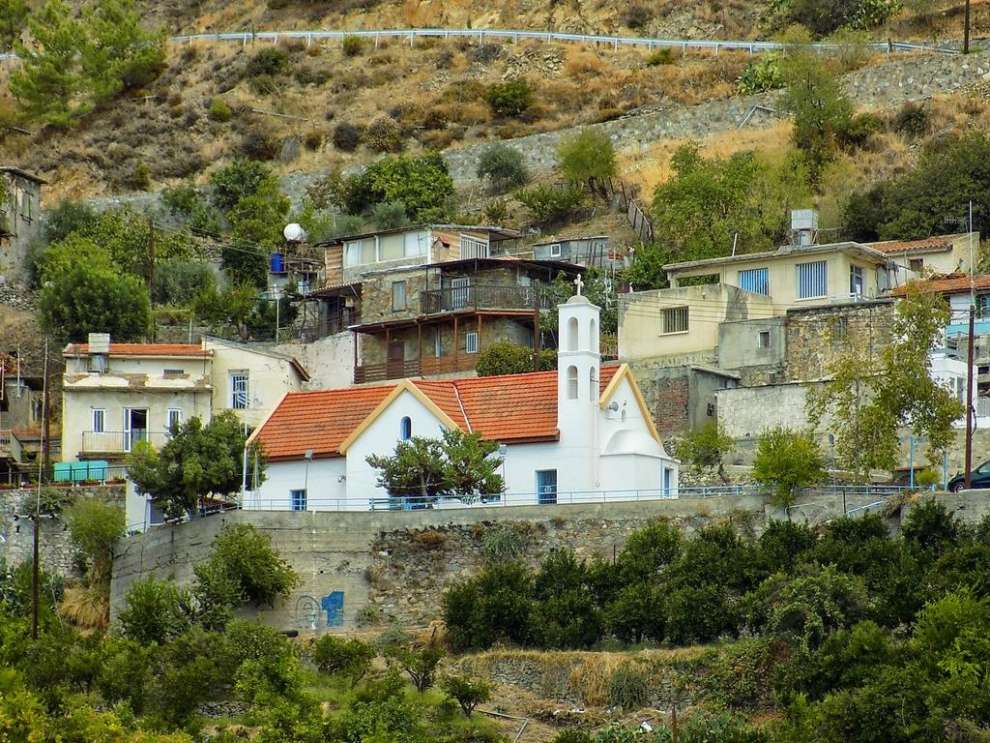 Photo: Evgenia Tsiakli Eleftheriade
Photo: Evgenia Tsiakli Eleftheriade
Churches of Sykopetra:
The main church of the village is dedicated to Agios Dimitrios, the patron saint of the community and there is also a smaller chapel dedicated to Prophet Elias.
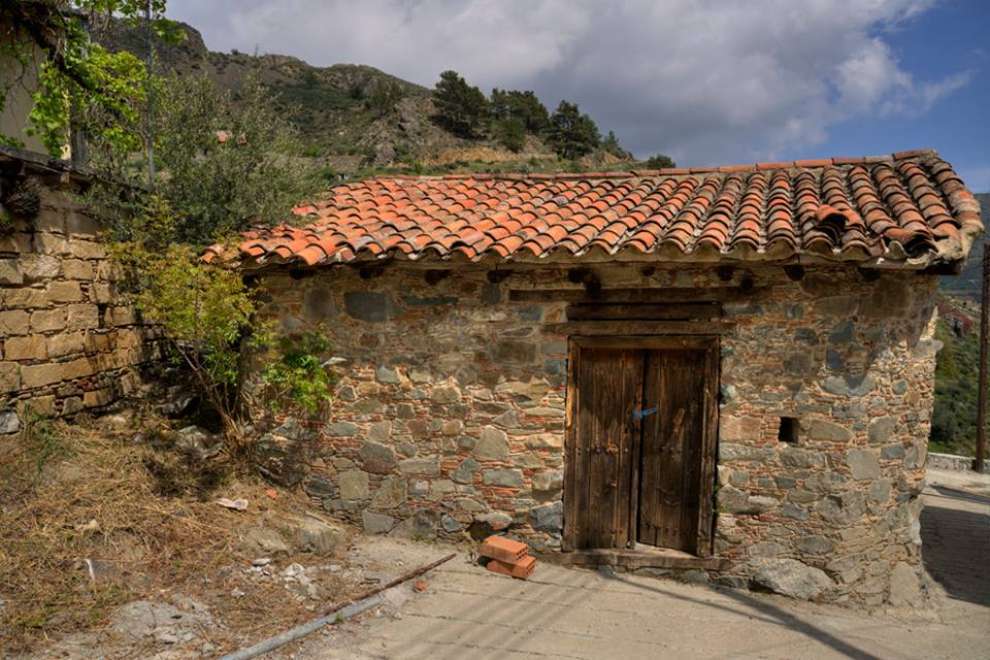 Photo: Costas Mageiroudes
Photo: Costas Mageiroudes
Population:
The inhabitants of Sykopetra have always been Greek Cypriots and over the years the village has experienced many fluctuations. More specifically in 1881 the village had 89 inhabitants increasing to 110 in 1891, in 1901 the population was 119. Population growth continued until 1960 when the community numbered 217. Thereafter they began to decrease to 193 in 1973, to 187 in 1976 and to 158 in 1982. Quite a large decrease happened in 1992 when the population reached 80 inhabitants and then in 2001 they rose to 135. According to the 2011 census, the inhabitants of the village numbered 120.
Crops and Occupations:
The inhabitants of Sykopetra are engaged in agriculture and the most important cultivation are mandarins and other species of fruit trees.
In addition, wild vegetation thrives in the village. More specifically, the deep valleys of the community of Sykopetra are covered by riverside vegetation, such as plane trees, Oleander, etc. On the slopes there are many types of trees, shrubs and weeds.
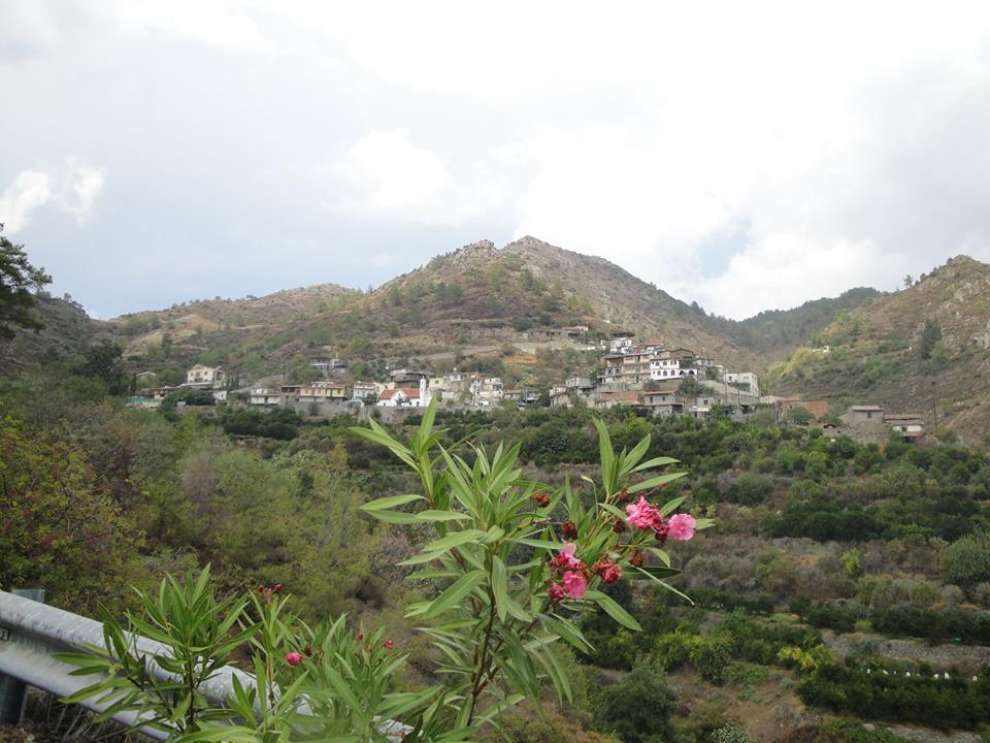 Photo: Stelios Nikolaou
Photo: Stelios Nikolaou
For the map of the area click HERE

 English
English
 Ελληνικά
Ελληνικά Русский
Русский
















